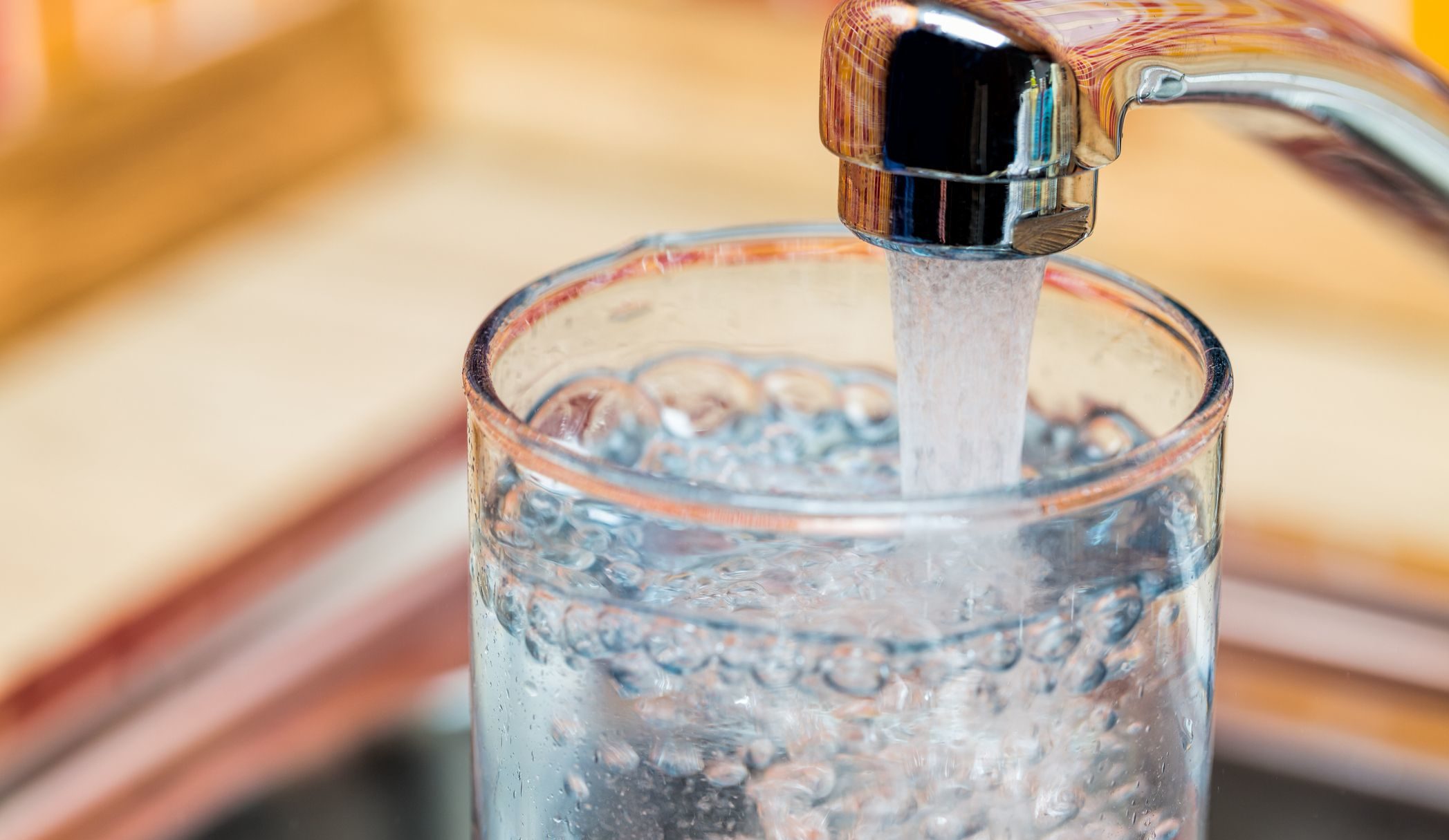The Government of Alberta is providing funding for ten water systems that will deliver clean drinking water to 14 First Nations communities in Alberta.
“As Alberta continues on the journey of reconciliation, it is of the utmost importance that Indigenous people have access to safe, clean and reliable drinking water,” said Richard Feehan, Minister of Indigenous Relations. “Building up capability and ensuring water sovereignty for First Nations is my top priority.”
The projects are being undertaken in the following communities:
- Alexis Nakota Sioux Nation
- Paul First Nation
- Whitefish (Goodfish) Lake First Nation
- Cold Lake First Nations
- Frog Lake First Nation
- Dene Tha’ First Nation
- Alexander First Nation
- Beaver Lake Cree Nation
- Ermineskin Cree Nation
- Mikisew Cree First Nation
“We’re very pleased to have concluded an agreement with Alberta in December of 2018 that both respects and protects our treaty rights and self-government and, at the same time, is a key part of securing an abundant, safe, and reliable water supply for decades to come,” said Chief Craig Makinaw from Ermineskin First Nation. “We are hopeful the agreement will also serve as a model for resolving future water disputes between Alberta and other First Nations. This is a positive development.”
The ten projects are being funded through the First Nations Regional Drinking Water Tie-In Program, which is a collaboration between First Nations, the Government of Alberta, municipalities or water commissions, and the federal government.
The program supports the elimination of long-term drinking water advisories, while making sure there is sustainable drinking water on reserves. Grants are given to local water commissions or water supply municipalities to extend their service to First Nations.
“I want to commend the province on the work they’ve completed over the past four years – and specifically their commitment to making a positive impact in Indigenous communities,” said Chief Bernice Martial from Cold Lake First Nation. “Our members have experienced the direct benefits of provincial programs that are aimed at improving the community’s overall safety, health, and well-being, and the First Nations Regional Drinking Water Tie-In Program is one such example.”









